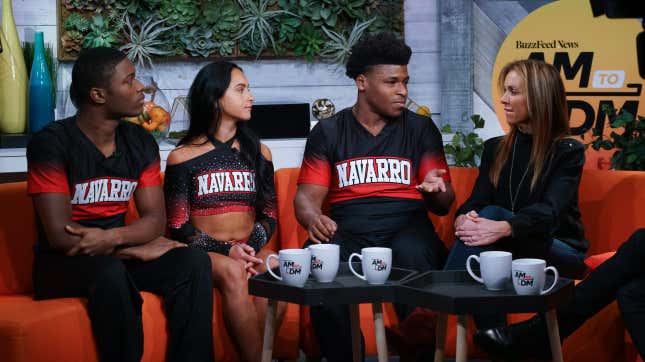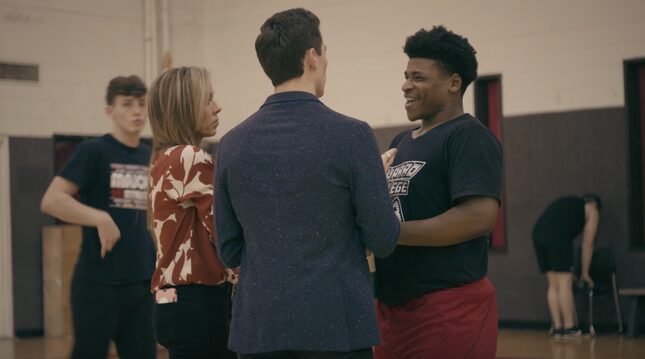If You’re Fixated on Cheer’s Jerry Harris, You’re Missing the Point
The second season of Netflix’s critically acclaimed show was never prepared for the ugly side of cheerleading.
EntertainmentTV

There’s a scene in the second season of Netflix’s hit show Cheer, which dropped Wednesday, where La’Darius Marshall and another of his Navarro College cheer teammates are at home discussing their disgraced former teammate, Jerry Harris. How could they have missed the signs?, they wonder. They sift through past conversations and interactions with the beloved mat talker, but nothing in the entirety of their friendship with Harris alluded to the alleged sexual abuse that would come to light. In 2020, two twin teenagers sued Harris for sexual abuse, prompting his arrest and subsequent charges for the production of child pornography. He has been in custody at the Metropolitan Correctional Center in Chicago for more than a year awaiting trial.
The critically acclaimed first season of Cheer never captured the loquacious Harris as anything other than lovable, which makes it even more disorienting to see him at rock bottom in season two—thwarted by scandal as he’s escorted from a home in Illinois by FBI agents. It’s nearly impossible to reconcile the Jerry we grew to love and the dark reality of his predatory nature. The show, which dedicates an entire episode to Harris’ downfall, appropriately acknowledges this conundrum.
To zero in on Harris when examining the cultural impact of the show, however, is to miss the larger revelation of Cheer’s two-season life: You cannot produce a show about cheerleading, reality or otherwise, without colliding head on with the ugly systemic issues the sport faces on nearly every level. When you shine a spotlight on an industry like cheerleading, the cockroaches are bound to scatter into view. Unfortunately, Cheer’s second season could never re-bottle the untampered joy of its first, as the show was forced to reckon with the aforementioned dark underbelly of cheerleading—something it never intended or was equipped to address.
-

-

-

-

-

-

-

-

-

-

-

-

-

-

-

-

-

-

-

-

-

-

-

-

-

-

-

-

-

-

-

-

-

-

-

-

-

-

-

-









































